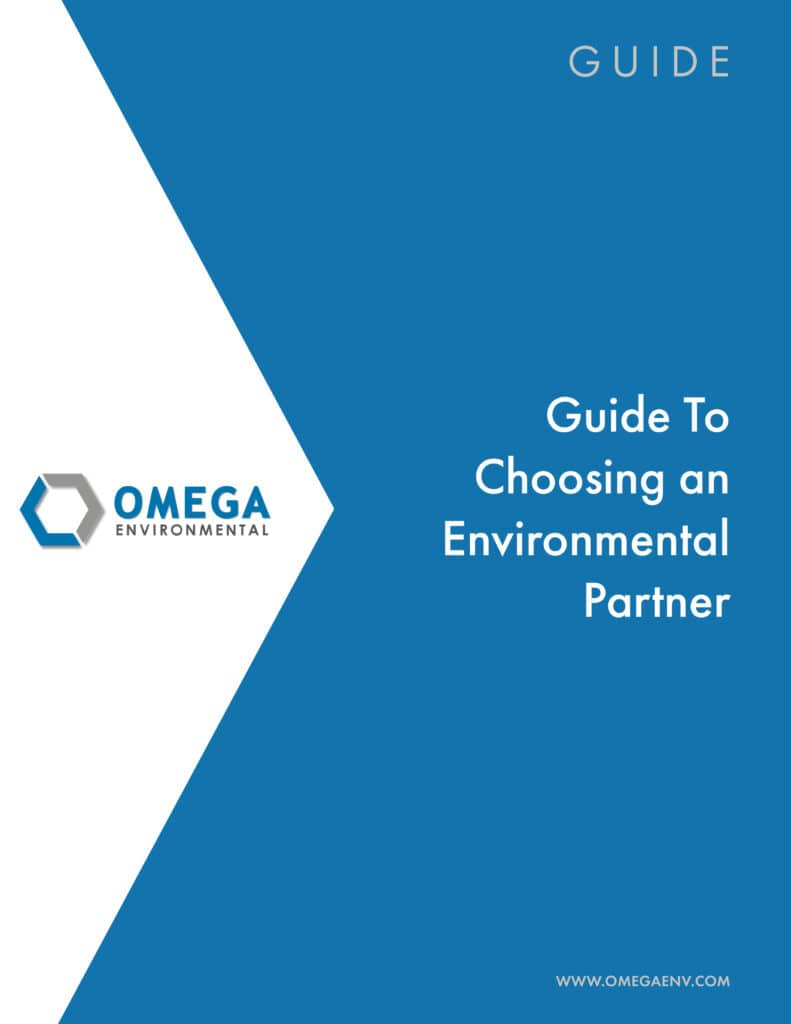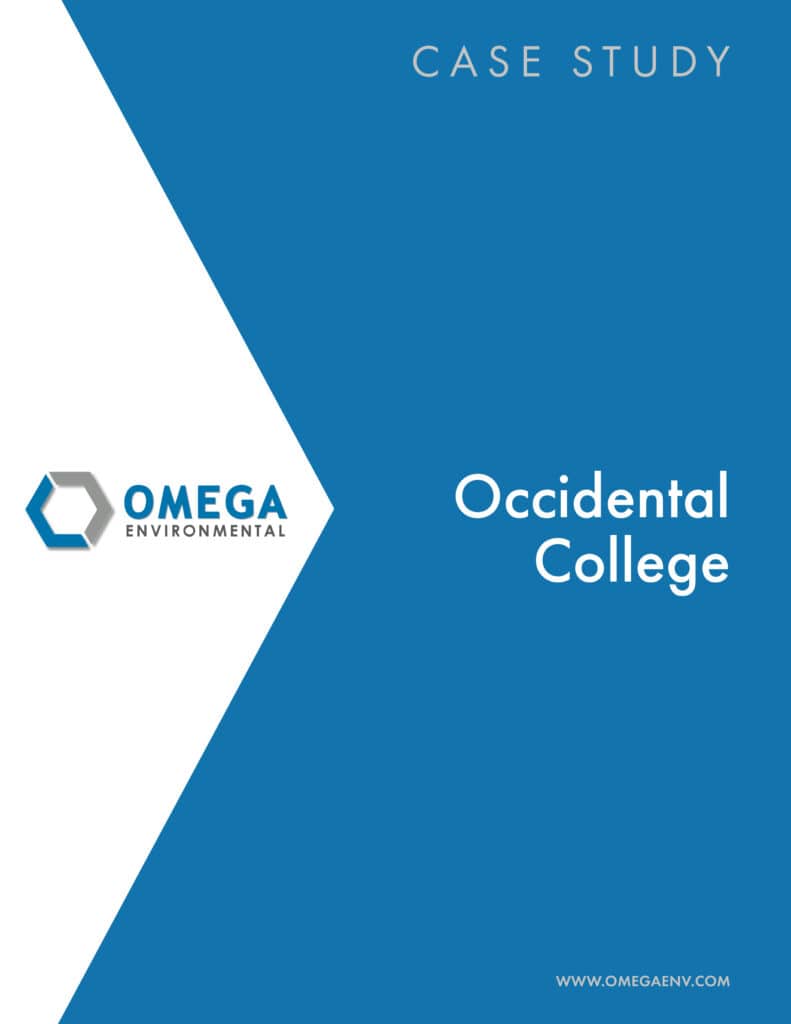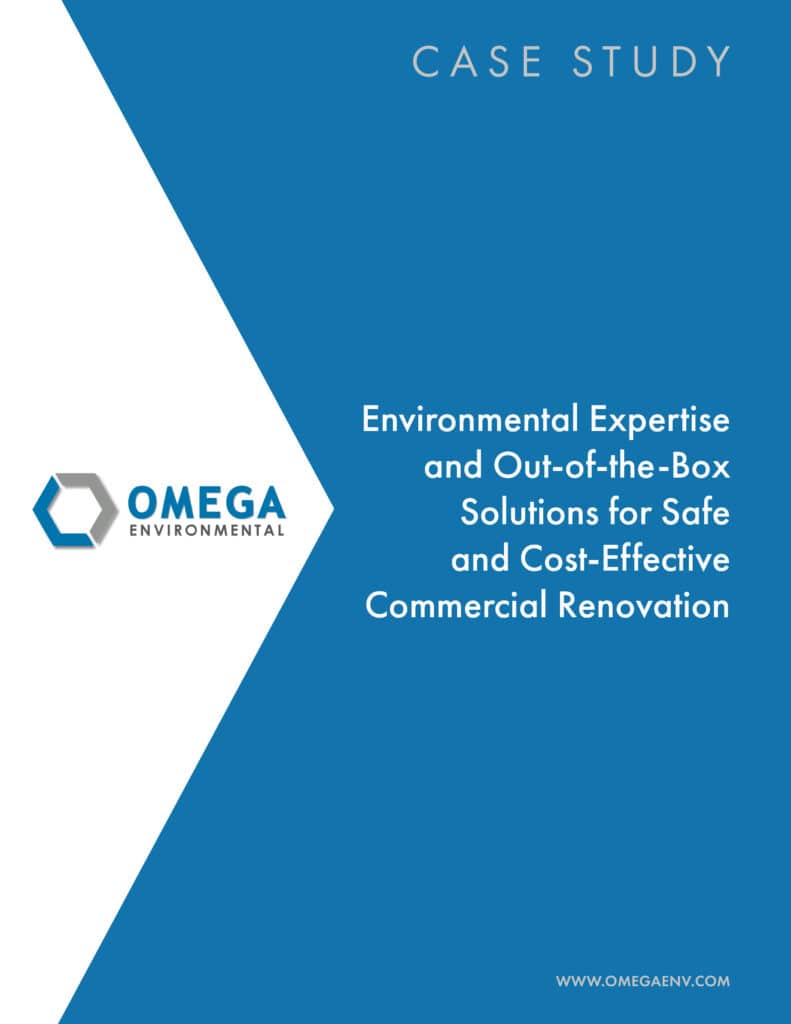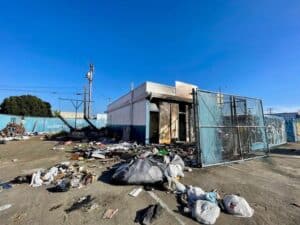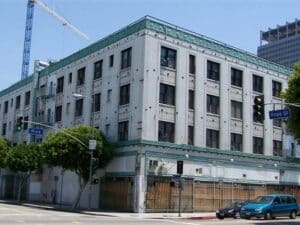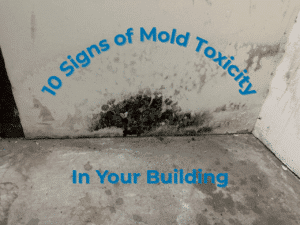Phase 2 Environmental Site Assessments Explained: A Complete Guide
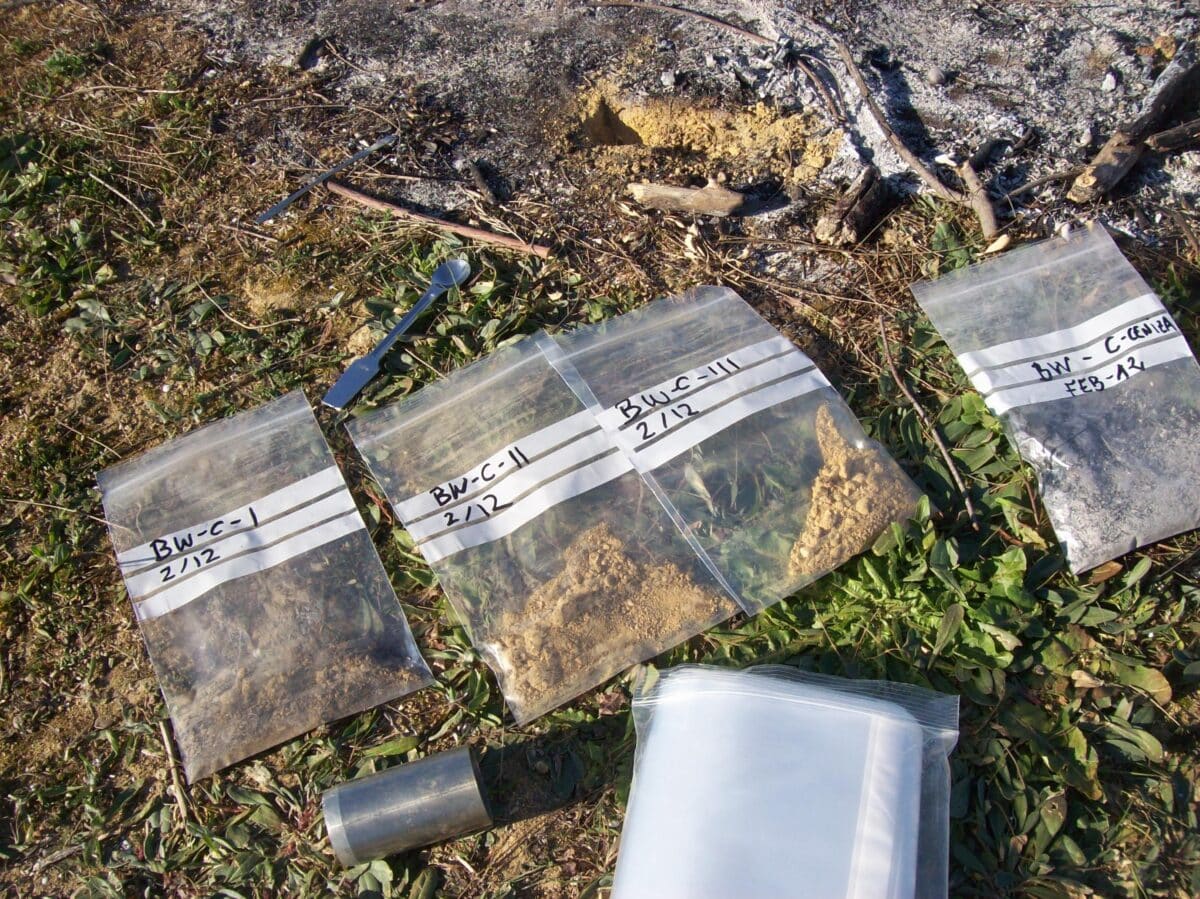
What Is a Phase 2 Environmental Site Assessment? A Clear, Quick Answer
A Phase 2 Environmental Site Assessment (ESA) is a detailed investigation that tests soil, groundwater, and sometimes soil vapor to determine if hazardous substances or petroleum products are present beneath a property. It occurs after a Phase 1 ESA flags possible contamination—called Recognized Environmental Conditions (RECs). The main goal is to confirm if contamination exists, how much there is, and where it is located.
Here’s what you need to know in 30 seconds:
- Phase 2 ESAs involve collecting samples (soil, water, vapor) and laboratory testing.
- They are triggered if a Phase 1 ESA finds signs of possible contamination.
- The results help property owners, buyers, or lenders understand environmental risks and next steps (like cleanup).
- The process follows standards such as ASTM E1903 and may be required for property transactions or redevelopment.
When Does a Phase 2 Environmental Site Assessment Come Into Play?
A Phase 2 ESA is a crucial part of environmental due diligence. It can protect property buyers, sellers, and lenders from unexpected liability, help meet regulatory requirements and support safe land development or reuse. According to EPA statistics, about 20–30% of commercial property deals require this level of investigation.
Environmental site assessments are a critical—sometimes mandatory—due diligence step that identifies hazards before construction or purchase.
What Is a Phase 2 Environmental Site Assessment? Key Triggers, Steps, and Costs
When it comes to environmental due diligence, what a Phase 2 Environmental Site Assessment really comes down to is moving from “paperwork” to “getting your hands dirty.” Unlike a Phase 1 ESA, which sticks to records, site walks, and conversations, a Phase 2 ESA is all about rolling up sleeves and actually testing what’s beneath the surface.
Following the ASTM E1903-11 standard, a Phase 2 ESA steps into the field—literally. Professionals collect soil, groundwater, and sometimes soil vapor samples, searching for real evidence of contaminants like petroleum, solvents, heavy metals, and other hazards. Instead of just wondering if there’s a problem, you get clear data showing what’s happening under your feet.
The impact of these assessments is major—according to the EPA, by early 2020, over 11,000 sites nationwide received Phase 2 ESA funding through Brownfield grants.
But what is a Phase 2 Environmental Site Assessment supposed to achieve for you as a stakeholder? It’s not just about finding contamination. The goal is to confirm or rule out the concerns raised in Phase 1, measure how much contamination is present (if any), map out where it is, and see how the results compare to regulatory standards. This data drives smart business decisions—supporting property sales, loan approvals, redevelopment plans, and risk management.
If you want to dive deeper into how sites are initially reviewed, check out our Phase 1 Environmental Site Assessment Services. For those who love science, the EPA’s research on groundwater contamination is a great resource for understanding the risks and methods behind these assessments.
Phase 2 vs. Phase 1: Critical Differences
It’s easy to get these phases mixed up, but they’re truly different beasts. Phase 1 ESAs are non-intrusive, relying on paperwork, interviews, and what you can observe. Phase 2 is intrusive—meaning fieldwork and sampling are involved.
Conducting a Phase 1 ESA is about records review, site inspection, and talking with people who know the property’s story. It’s a “detective” job: identifying Recognized Environmental Conditions (RECs) and satisfying the All Appropriate Inquiries (AAI) needed under CERCLA.
Phase 2 ESA means bringing out the equipment—drilling, collecting soil, groundwater, and vapor samples, and sending them to the lab. You get numbers, not just opinions.
Here’s a quick side-by-side look:
If a Phase 1 ESA finds nothing concerning, you’re likely finished. But if RECs show up, it’s time for Phase 2 to step in and provide answers. To see how all the phases fit together, you can read our more detailed guide on the differences between Phase 1, Phase 2, and Phase 3 Environmental Assessments.
Recognized Environmental Conditions (RECs) and Trigger Points
Recognized Environmental Conditions (RECs) are the main triggers for a Phase 2 ESA. As defined by ASTM E1527-21, a REC is the actual or likely presence of hazardous substances or petroleum products on a property, due to releases, signs of releases, or situations that threaten a future release.
Commonly, RECs pop up at properties like gas stations, dry cleaners, chemical plants, metal shops, plating operations, rail yards, old landfills, and any place with underground storage tanks. Watch out for stained soil, strange odors, dead patches of grass and plant life, or abandoned drums—those are classic environmental red flags.
It’s not just property buyers who care. Lenders often have their own requirements for Phase 2 investigations, especially for high-risk properties. On the legal side, CERCLA makes property owners responsible for cleanup—even if they didn’t cause the contamination. To protect against this, the law requires “All Appropriate Inquiries,” and that often means doing a Phase 2 ESA if RECs are found.
If you’re considering taking the next step with your property, we make it easy to Request a Phase 2 Site Assessment.
What Is a Phase 2 Environmental Site Assessment Process? Timeline & Sampling
So, what is a Phase 2 Environmental Site Assessment process like in the real world? It starts with careful planning, using the results of the Phase 1 to design exactly where and how to sample. The site’s geology, known risks, and regulations all play a part in this plan.
When it’s time to drill, different methods come into play depending on depth and site conditions—push probes for shallow areas, hollow stem augers for continuous soil sampling, hand augers for tight spaces and shallow depths, mud rotary for deeper drilling, and CPT for detailed subsurface data.
Sampling doesn’t just stop at soil. Groundwater is often checked by installing monitoring wells and collecting samples, and soil vapor is tested for volatile chemicals. If there are surface water bodies nearby, those might be sampled too.
Quality control is crucial. This means tracking every sample (chain of custody), using duplicates or blanks to check accuracy, making sure all labs are accredited and certified, and keeping thorough field notes—including plenty of photos.
Typically, the timeline runs about four weeks. The first week covers permits and marking utilities. Field sampling happens in week two. Labs take about one to two weeks to analyze samples, then the final report is pulled together in the last week. But this can stretch longer if the site is complicated or if weather or laboratory schedules slow things down.
Cost, Duration, and Who Pays for a Phase 2 ESA
Costs for a Phase 2 ESA can vary quite a bit, depending on how many locations you need to sample, how deep you need to go, what kind of drilling equipment is needed, and how tricky the site is to access. More testing and monitoring wells mean higher costs. Analytical lab fees also add up, especially if you need fast turnaround or specialized tests.
Who pays for the ESA is usually determined by the specifics of the property deal. Sometimes buyers cover it as part of their due diligence; other times, sellers commission the assessment for transparency or to support refinancing. Negotiated deals—where costs are split or credited—are also common.
For funding, many look to federal and state grants, especially through EPA Brownfield Assessment Grants, state programs, or even environmental insurance. With so many factors in play, the best approach is to talk through your specific situation with a consultant.
If you’d like to learn more or talk about your options, visit our Phase 2 Environmental Site Assessment Services page.
Outcomes, Limitations, and Risk Management Benefits
At the end of a Phase 2 ESA, you’ll fall into one of a few buckets. Sometimes, the best news: no further action is needed because contamination isn’t present or is below regulatory levels. Other times, results show some contamination, but more data is needed to figure out its boundaries—this might mean additional sampling or monitoring. If serious contamination is found, remediation becomes the next step, or, if it’s manageable, long-term risk management might do the trick.
Of course, every Phase 2 ESA has its limitations. You can’t sample every square inch, so there’s always some uncertainty. Groundwater levels and contamination can change over time. Some areas might be hard to reach, and labs have detection limits. Plus, regulations don’t stand still—cleanup standards might change after the assessment is done.
Reports from a Phase 2 ESA usually stay “fresh” for about 6 to 18 months—but this depends on your local regulators, the stability of the site, and your specific goals.
Despite these limitations, a Phase 2 ESA is a powerful tool. It documents your due diligence, provides legal protection, and gives you leverage in negotiations. Lenders feel confident because environmental risks are clearly defined, and regulatory agencies get the data they need for decisions.
What Is a Phase 2 Environmental Site Assessment Report Good For? Next Steps and Validity
The real value of a Phase 2 Environmental Site Assessment report isn’t just in the data—it’s in what you can do with it. These reports are your playbook for remediation planning, as they pinpoint contaminant types, concentrations, and cleanup boundaries. This information helps you choose the right cleanup technologies, set regulatory targets, and plan budgets.
Regulators rely on Phase 2 data for permitting, brownfield grants, and cleanup oversight. Lenders and buyers use the findings to make deals, set prices, or negotiate responsibilities. Sometimes, sellers use reports to show transparency and reduce liability worries.
If contamination is present but manageable, the report guides long-term monitoring or the use of institutional and engineering controls to keep people and the environment safe.
The “shelf-life” of a Phase 2 report depends on changing regulations, site conditions, and advances in science. What’s valid today might need an update in a year or two—especially if you plan to sell, redevelop, or change the use of the property.
In short, a Phase 2 ESA report is a critical asset for anyone dealing with property transactions, redevelopment, or risk management. It answers the big questions, supports smart decisions, and helps pave the way for a safer, more predictable future.
Next Steps After a Phase 2 ESA and Why It Matters for Your Deal
Reaching the end of your Phase 2 Environmental Site Assessment can feel like a big milestone—and it is! The Phase 2 ESA is usually just the start of your property’s environmental story, not the final chapter.
So, what happens next? That depends on your results and your goals. If contamination is detected, you’re faced with important decisions about cleanup, risk, and how to keep your project moving forward. If your site comes back clean, you can breathe more easily and focus on closing your deal or breaking ground.
When Contaminated Samples Are Found
When your Phase 2 ESA results show contamination, it’s time to consider remediation options. At Omega, we help you weigh choices like soil excavation, in-situ chemical treatment, groundwater pump-and-treat, soil vapor extraction, removal of impacted media or bioremediation. Not every site needs an aggressive cleanup—sometimes, a smart mix of approaches is best. We’ll also look at passive strategies, such as monitoring natural attenuation, placing deed restrictions, or using engineering barriers to prevent exposure.
Sorting Out Liability and Next Steps
The data from your Phase 2 ESA can play a big role in negotiations. It helps clarify who is responsible for what—whether contamination is from historic uses, a neighboring property, or recent activities. This is also where cleanup cost estimates come into play, so you can plan your next moves and decide how to allocate responsibility.
Environmental Insurance and Investment Protection
If you’re worried about future risks, the detailed data from your assessment can support applications for environmental insurance. Policies may cover pollution liability or cap the costs of cleanup. Having reliable Phase 2 ESA data gives you a stronger footing if you ever need to make a claim.
Portfolio-Wide Strategy
If you manage several properties, what a Phase 2 Environmental Site Assessment is becomes even more important. We help clients use these results to prioritize sites, set smart due diligence procedures, and manage risk.
At Omega Environmental Services, we’re here to guide you throughout the process. Not just through the assessment, but also through remediation planning, regulatory discussions, and long-term site management. With offices across California and the U.S., we have the local knowledge and national reach to support your projects wherever.
For more details on how we can support your next steps, visit our Phase 2 Environmental Site Assessment Services page.
Need a Phase 2 ESA Expert? Contact Omega Today
Understanding the Phase 2 Environmental Site Assessment is key for anyone making big moves in commercial real estate, development, or property management. These assessments are more than just a regulatory hurdle—they’re a powerful tool for making smart, informed decisions. They help you cut down uncertainty, avoid unpleasant surprises, and make sure your investment is on solid ground.
Whether you’re a buyer checking all the boxes, a lender making sure your loan is secure, or a developer planning for the future, a thorough Phase 2 ESA gives you clarity and confidence. The investment you make now in understanding your site can save you time, money, and headaches down the road.
At Omega Environmental Services, our mission is to deliver clear, actionable results that help you move forward—with your project, your deal, and your peace of mind. Let’s make your next step the best one yet.

